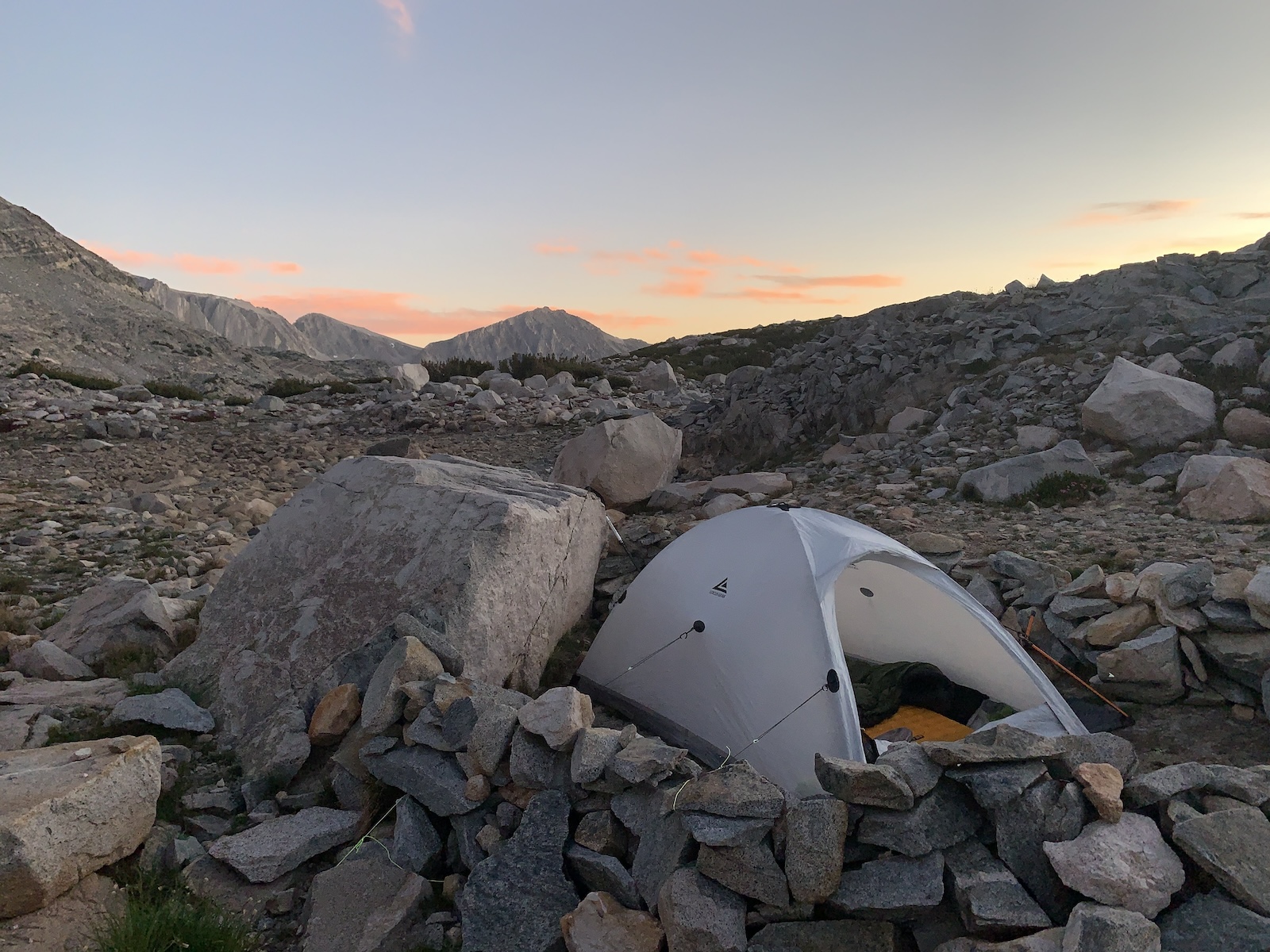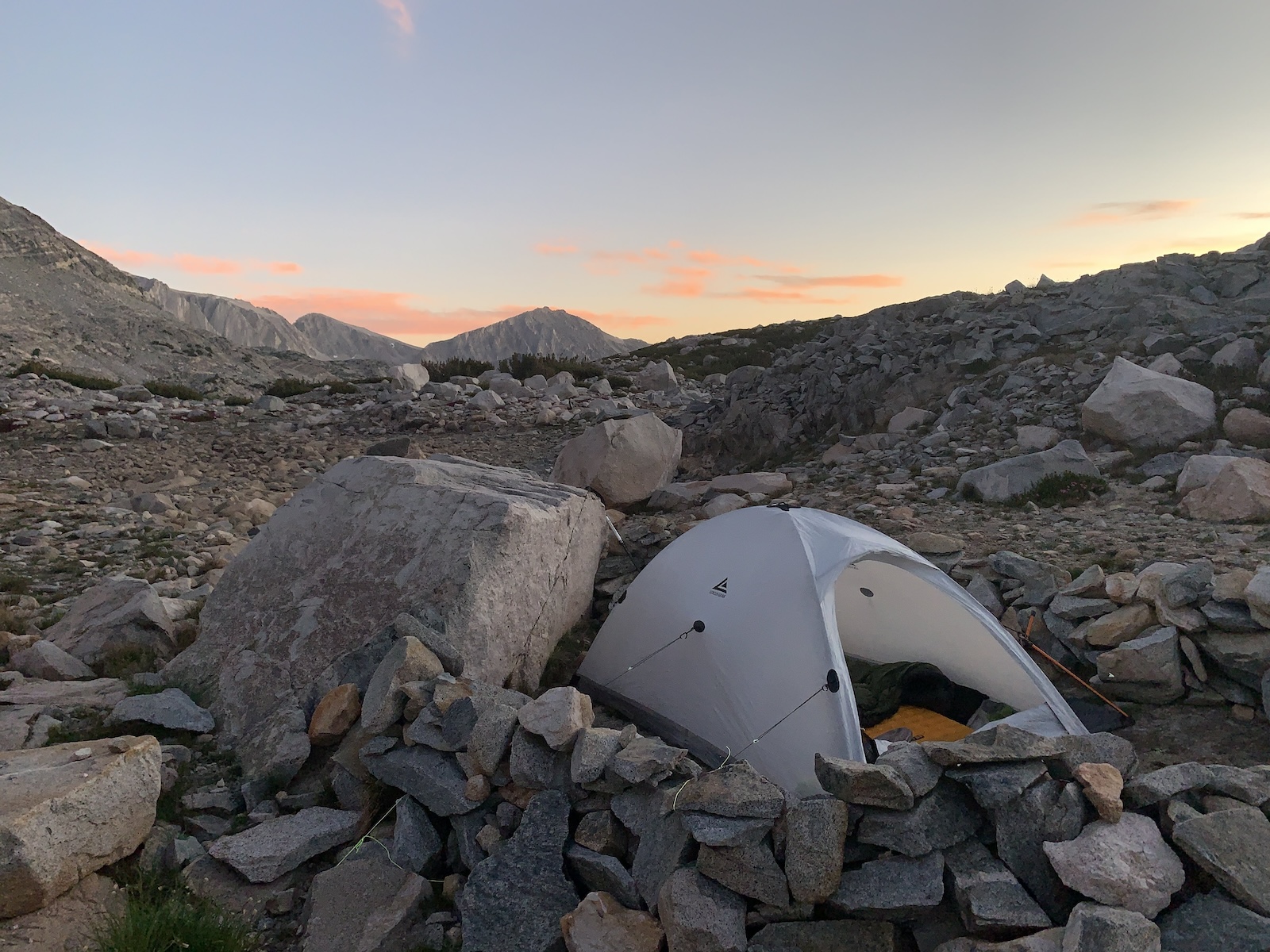The Pacific Crest Trail (PCT) looms as large as an old-growth redwood in backpacking culture. Even for those with no intention of hiking it, this footpath is intriguing and contemplating the physical and mental toil – and the accompanying gratification – of a thru-hike results in a mixture of aspiration, awe, and enchantment. Statistically, thru-hiking is a relatively safe endeavor compared to other outdoor activities (like backcountry skiing or mountaineering) and even seems fairly low-risk when put against more mundane activities like driving. Indeed, a reasonable argument could be made that doing yard work is more dangerous than hiking or backpacking. But every activity has its outliers and thru-hiking is no exception, with injuries, fatal accidents, and even homicides unfortunately being part of the history of long-distance trails in North America.
“Trail of the Lost: The Relentless Search to Bring Home the Missing Hikers of the Pacific Crest Trail” by Andrea Lankford focuses specifically on three hikers who disappeared while hiking the PCT between 2015 and 2017. Two of the hikers were last seen in southern California and the third disappeared in Washington late in the season as he embarked on the final stretch to Canada. While their last known location – somewhere along the PCT – is the common thread amongst the vanished men, there are few other notable commonalities among them aside from their gender and their all being relatively young (the youngest was 25 and the oldest was 34 when they went missing). In some form or another, they all embarked on the PCT seeking the solace, challenge, and perspective that a long-distance hike can bring. And tragically, they all met the same fate.
Like “The Cold Vanish” , this book describes situations which can rattle even the most experienced backpackers and serve as reminders to avoid complacency. Like with some of the incidents and disappearances covered in that book, what was most distressing when reading about the hikers featured in “Trail of the Lost” was that since there was so little known about the fate of the missing, there was no opportunity to learn from the mistakes. It’s one thing to hear about an injury or fatality that happens to a backpacker due to a mistake in judgment – like allowing summit fever to justify continuing towards a peak when a storm is rolling in, or crossing a swollen creek – and it seems entirely another to read about those who just disappeared. The macabre speculation that results when considering the “into thin air” disappearance of the three hikers provides limited insight into what mistakes to avoid and instead seems to highlight the utter unpredictability that is truly part of life in general, but seems particularly eerie when set in the backcountry.
The author’s research into the responses of law enforcement and land management agencies and the affiliated search and rescue teams to the disappearances was one of the more interesting aspects of the book (this is also covered in-depth in “The Cold Vanish”). Her own experience as a former national park ranger allowed for a degree of insight into this important component of the story and for the emotional impact on the families and the searchers to be explored. While it can be assumed that all those involved – from the sheriffs to the rangers to the volunteers – are doing their best to find missing persons once they are reported, the limitations and challenges of conducting exhaustive searches for missing hikers are rather sobering.

From uncooperative and hostile weather, to terrain that can be rugged at best and inaccessible at worst, to false leads and conflicting information, there are nearly infinite permutations of factors that can hamper or postpone a search operation. Lankford did an admirable job of balancing explaining these factors and providing proper context for the way search and rescue missions are conducted while also acknowledging that mistakes can be made by those in charge of the operations, which can in turn compound the frustration and helplessness felt by the families of the missing. Detailing the structure, methods, and timelines of search and rescue operations was a useful part of this book, but what was most enthralling was the personal relationships and involvement that Lankford cultivated with the families of the missing and her role in actively participating in searches for clues related to the missing hikers.

The author corresponded with family members and friends of the missing hikers and dedicated an incredible amount of time researching the case – on social media, on the trails, and in the towns the hikers would’ve passed through in the days leading up to their disappearances. Lankford went so far as to hike into extremely rugged terrain near the PCT in southern California to follow up on a lead that had been generated by a “grave-detection machine” developed by an anthropologist that relied on what could most politely be described as pseudoscience. Lankford severely injured her ankle on this hike, which served as a compelling reminder that those involved in search and rescue operations often subject themselves to hazardous situations in their mission to locate missing hikers.
The willingness to consider using dubious and unproven methods to assist with the location of missing hikers is indicative of the need of those who are seeking missing family members or friends to pursue any and all options available to them, no matter how far-fetched. This can often lead to false hope, wasted search efforts, and other frustrations as a mix of psychics, charlatans, and various other hangers-on seem to be drawn to the cases of the missing. Lankford provides a sober assessment of their contributions and her reservations about their utility.
Although the disappearances remain unsolved, this book covers in-depth the most plausible explanations and is worth reading for its engaging prose and insight into the search process. Its structure and detail provide a fairly authoritative account of these cases and allow the reader to gain a useful framework for the topic in general. While some might find the author’s personal involvement with the families and the search efforts blurs the line between reporter and participant to a degree that disrupts the objectivity of the narrative, I found that Lankford was forthcoming in her biases and opinions and that this aspect added rather than detracted from the story. For readers who liked “The Cold Vanish” or are interested in learning more about what happens when backpackers go missing on public lands, this book is unlikely to disappoint.
Related Content:
By Mark Wetherington
Mark Wetherington is a Staff Writer at Backpacking Light. He began backpacking in 2007 while a student at the University of Kentucky and obsessively explored the trails and landforms of the Southeast before moving to Montana in 2014. Since arriving in Big Sky Country, he has spent as much time as possible exploring the wilderness areas and other public lands of Montana, Washington, and Idaho via feet, bikes, and skis. Seeking “the next best place to wake up”—from alpine lakes, to hot springs, to abandoned fire lookouts—serves as his main inspiration for backpacking.
He is the co-author of “Backpacking Washington, 3rd Edition” published by Wilderness Press in 2020. His writing has also appeared in Backpacker Magazine, Backpacking Light, and TrailGroove Magazine.
Mark has worked in outdoor retail, libraries, and as a visitor services information assistant for the US Forest Service in Kentucky’s Red River Gorge. He has been lucky enough to find a career working in public libraries and lives in Hamilton, Montana just a few miles away from trailheads to the Selway-Bitterroot Wilderness.
